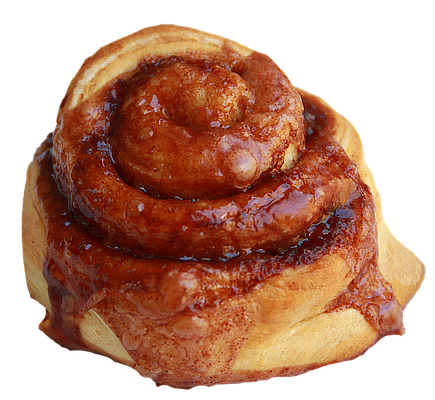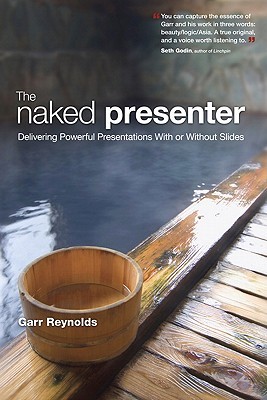We practiced The Introduction and The Body parts of our speech with our classmates. We gave and received feedback using the handouts.
The Conclusion
We looked at the Speaking of Speech textbook and learned about The Conclusion.
Use the past tense to remind us what you told us in the overview slide using the future tense. Also, include one focus point (the best example or number).
For your conclusion slide, you can copy and paste your overview slide. It is OK to include your focus points on your slide. However, try to use fewer words on the slide than what you say. Also, animate each main point and focus point separately. If you would like a challenge, don't write your focus points on your slide. Instead, remember them and say them.
In addition to the focus point for each point of your conclusion, I suggest a final focus point. You can introduce your final focus point with these words …
If you remember only one thing from my presentation, please remember that …
After that, show your title slide and finish with Thank you! (do not say "I'm finished.").
This is a powerful way to end your conclusion.
Introduction and Conclusion Practice
We gave our introductions and conclusions with our partners and gave and received feedback. Use this feedback to make improve your presentations.
PUNCH
Presentation expert Garr Reynolds has written on his blog and his book The Naked Presenter about starting your presentations well. He says this is necessary because of the primacy effect, that is, how what people hear at the beginning has the biggest impact on how effective your presentation will be.
Read more about PUNCH on his blog:
PUNCH on the Presentation Zen Blog
Make your ending sticky
 Here are some suggestions for making your ending sticky. Being sticky means that your ideas will stick and be easy to remember. The idea comes from a book by Chip and Dan Heath, Made to Stick. Garr Reynolds in his book The Naked Presenter refers to their ideas when suggesting how to finish your presentation strong.
Here are some suggestions for making your ending sticky. Being sticky means that your ideas will stick and be easy to remember. The idea comes from a book by Chip and Dan Heath, Made to Stick. Garr Reynolds in his book The Naked Presenter refers to their ideas when suggesting how to finish your presentation strong. Here is a summary of the points Reynolds shares from the Heaths' book:
Here is a summary of the points Reynolds shares from the Heaths' book:- Simplicity – do not add much new information at the end of your talk.
- Unexpectedness – just as your PUNCH can include something unexpected, your ending can as well. In fact, you begin an anecdote or a question in your introduction and give the conclusion here.
- Concreteness – Avoid being abstract. Give a specific example or use a specific image to make your final point.
- Credibility – Use a final example or statistic to make your final point.
- Emotions – Find a way to make your audience care about your final point. This can be similar to the Personal part of PUNCH.
- Stories – Use a story to help your audience remember your talk. People like stories.

Just like with PUNCH, you probably cannot use each of these ideas. But, consider using one or more.
If these techniques are too challenging, you don't need to use them. However, everyone should finish your presentations strong. Remember, you can introduce your final focus point with these words …
Final Presentations
Next week some of you will give your final speech. Everyone should be ready.
Continue building your Final Speech. Practice, practice, practice. Practice makes perfect.
No comments:
Post a Comment